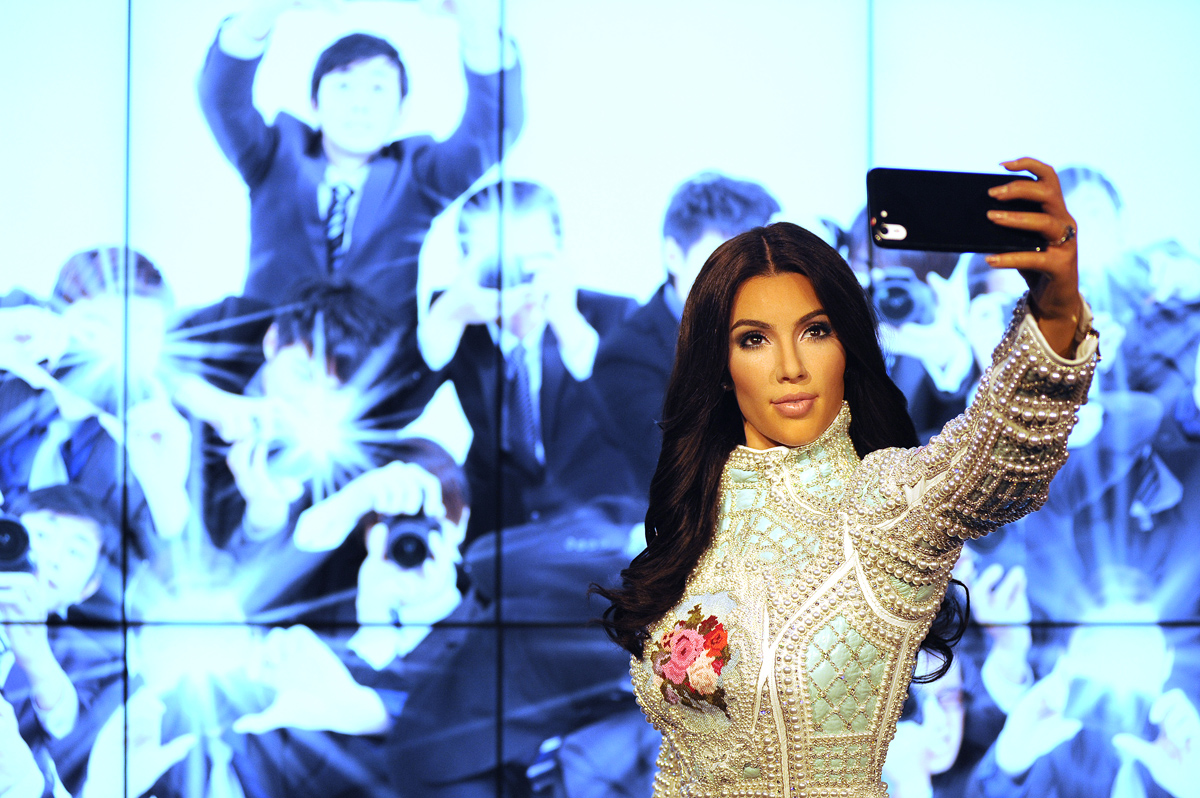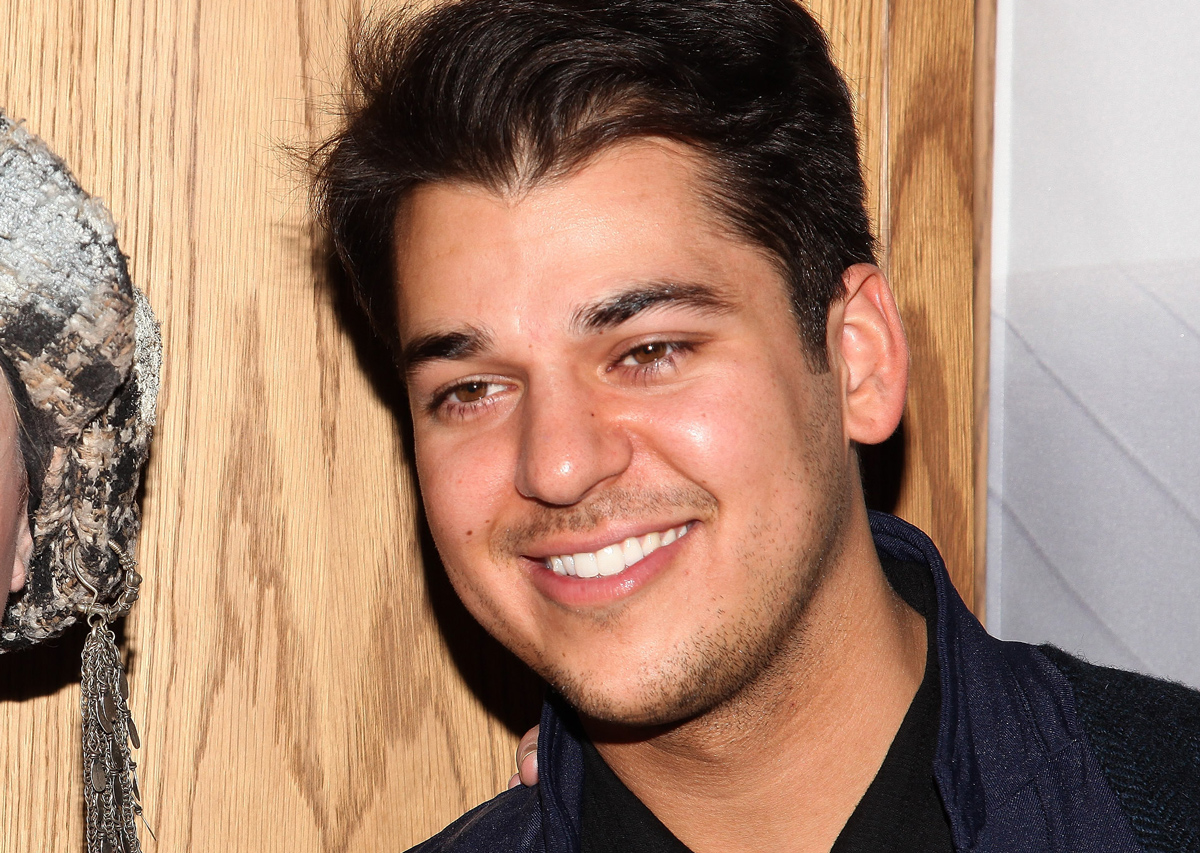Keeping Up with the Kardashians' Health Problems
Keeping Up with the Kardashians' Health Problems

Nothing is private when it comes to the Kardashians, and that includes matters of health.
Since the reality-TV family burst onto the scene a decade ago, they've made nearly every moment of their lives public. So it's no surprise that when health concerns pop up, the Kardashians discuss these issues with the same openness applied to any other topic.
Here's a roundup of all the health issues that the Kardashians have faced while in the spotlight.
Preeclampsia

Kim Kardashian has spoken often about her pregnancy difficulties. For example, the mother of two developed preeclampsia during both of her pregnancies, according to E!.
"Last pregnancy, I had a condition called preeclampsia," she wrote in a blog post during her second pregnancy.
In an episode of her reality show that was filmed before she gave birth to her second child, Kim said that her doctor thought she was developing the condition once again. "I have a little bit of high blood pressure, and I have protein in my urine, which are both indications of preeclampsia," she told her sisters.
Preeclampsia is diagnosed when a pregnant woman has both of the symptoms Kim mentioned, which is known as proteinuria. The condition can have body-wide effects and puts women at risk for serious complications, including seizures, liver and kidney damage, and even death.
The condition affects about 3 percent to 5 percent of pregnant women in U.S., according to the National Institutes of Health.
Placenta accreta

In addition to preeclampsia, Kim Kardashian also had a rare and dangerous condition called placenta accreta during her two pregnancies.
Placenta accreta belongs to a group of conditions called "retained placenta," which means that the placenta isn't delivered from the woman's body as it normally would be after the baby's birth. In placenta accreta, not only does the placenta fail to come out of the uterus as it should, but the placental tissues also grow deeper into the uterine wall than they normally do.
Placenta accreta can put a woman at risk for serious, and even deadly, bleeding, according to the American Congress of Obstetricians and Gynecologists.
Psoriasis

Both Kim and her mother, Kris Jenner, have psoriasis, an autoimmune disease that causes raised red patches with thick, silvery scales to appear on the skin.
Kim was diagnosed with the condition during a 2011 episode of her reality show, according to Us Weekly. Kim was 30 years old at the time, around the same age her mother, Kris, was when she first showed symptoms of psoriasis, Us Weekly reported.
Symptoms of psoriasis frequently appear between the ages of 15 and 35, according to the National Psoriasis Foundation. The condition affects about 7.4 million people in the U.S., according to a 2014 study published in the Journal of the American Academy of Dermatology.
In January 2017, Kim wrote on Twitter that her psoriasis had spread to her face.
Psoriasis infrequently appears on the face, occurring most commonly on the scalp, knees, elbows and torso, the National Psoriasis Foundation says.
Sleep paralysis

In a November 2016 episode of "Keeping Up with the Kardashians," Kendall Jenner revealed that she's afraid to go to sleep because of a condition called sleep paralysis.
"I wake up in the middle of the night, and I can't move," Jenner said during the episode.
Sleep paralysis occurs when a person experiences two states — dreaming and muscle paralysis — that normally occur during the rapid eye movement (REM) stage of sleep. But during sleep paralysis, these two things happen when a person is awake.
The result is that a person "sees" his or her dreams as hallucinations and is paralyzed at the same time. [The Demon on Your Chest and Other Terrifying Tales of Sleep Paralysis]
Sleep paralysis affects 7.6 percent of people, according to a 2011 study published in the journal Sleep Medicine Reviews. The condition may be more common among students and people with mental illnesses, the study said.
Diabetes

Rob Kardashian learned that he had diabetes in December 2015. Rob, who hadn't been feeling well, was rushed to the hospital after his "condition worsened," according to TMZ. During his hospital stay, he was diagnosed with type 2 diabetes.
Rob returned to the hospital almost exactly a year later, once again because of complications from the disease, TMZ reported in December 2016.
Type 2 diabetes is a condition characterized by high blood-sugar levels. When a person has type 2 diabetes, his or her body no longer responds to a hormone called insulin, which normally tells the body to transport sugar out of the blood and into cells. When the body stops responding to insulin, blood sugar levels rise.
Type 2 diabetes can lead to medical emergencies if the condition is not controlled. Rob, for example, had developed a complication called diabetic ketoacidosis in December 2015, according to TMZ.
Diabetic ketoacidosis occurs when the cells in a person's body don't get the sugar they need for energy, so instead, they burn fat, according to the American Diabetes Association (ADA). Burning fat produces compounds called ketones, which can build up in the blood and make it more acidic, the ADA says. This can poison the body, according to the ADA.
Though diabetic ketoacidosis can happen to anyone with diabetes, it occurs rarely in people with type 2 diabetes, the ADA says.
About 29 million people in the U.S. have type 2 diabetes, according to the Centers for Disease Control and Prevention.
Depression

In addition to diabetes, Rob Kardashian has experienced episodes of depression.
In 2014, Us Weekly reported that Rob was "really depressed" and that his family was "very concerned about him."
And before Rob was hospitalized in 2016 for diabetes complications, he was very depressed and "not taking care of himself," according to Us Weekly.
In 2015, just over 16 million U.S. adults experienced a major depressive episode, according to the National Institute of Mental Health (NIMH). A major depressive episode is a period of two or more weeks during which a person has a depressed mood or loses interest in activities he or she normally enjoys, and also experiences symptoms such as problems with sleep, energy, eating and concentration, the NIMH says. [7 Ways to Recognize Depression in 20-Somethings]
Originally published on Live Science.
Sign up for the Live Science daily newsletter now
Get the world’s most fascinating discoveries delivered straight to your inbox.











